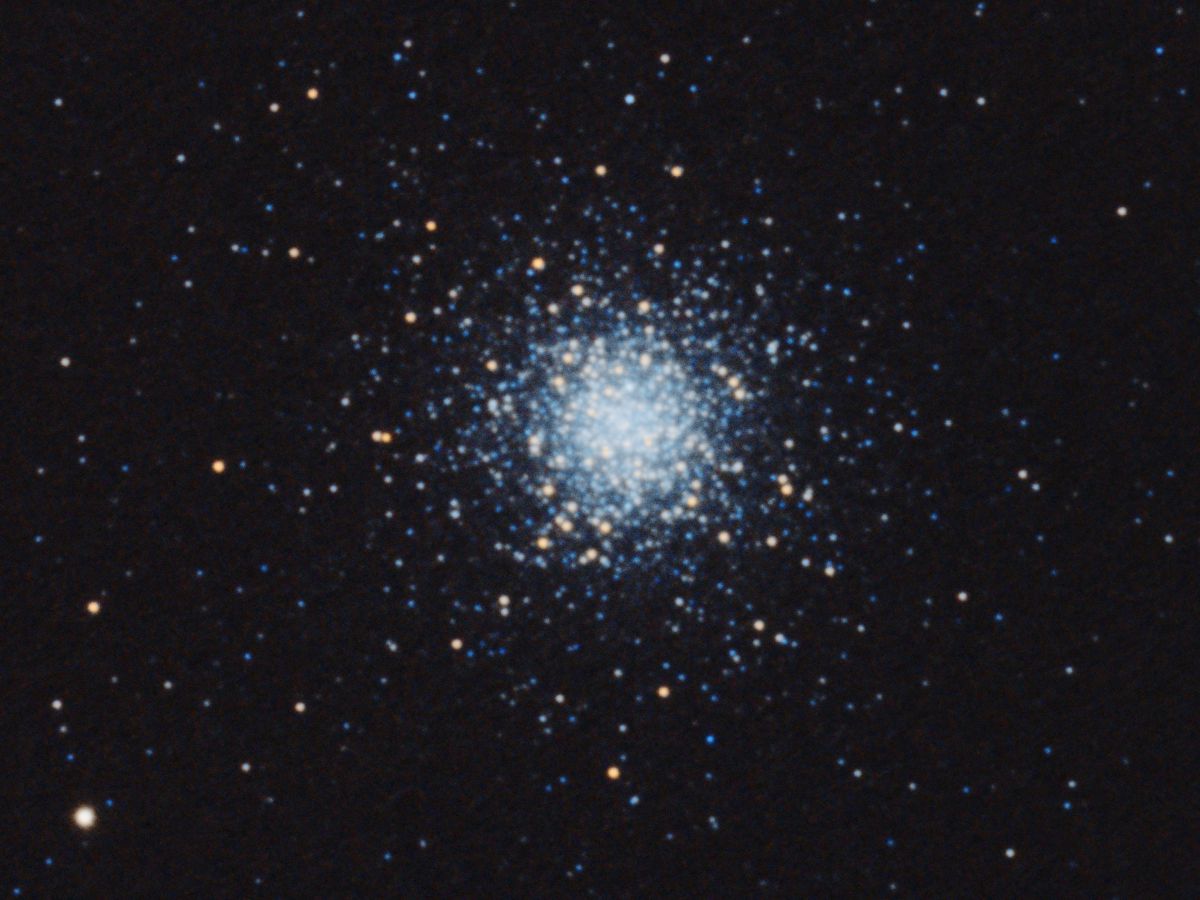If you find this website useful, please check out my books or visit my Amazon Author page. Or even Buy Me a Coffee!
Astronomy
Astrophotography
You are never too old to learn, and one of the thing that has opened my eyes has been discovering the quality of astronomical images that can be produced by amateurs with very modest equipment. By using digital cameras and image processing software it's a realistic ambition to produce images that compare favourably with those produced by the world's biggest telescopes fifty years ago - right in your back yard!
This website does not showcase the best astronomical pictures on the internet! It's a selection of pictures I have taken myself with basic equipment and free software. Producing images like these below, or even better ones, is within your reach!
Most importantly, you don't have to spend a fortune. My first serious scope, mount and tripod cost £180 on Ebay. I spent £40 on a more solid tripod, and about £200 on various bits and pieces including books and an ancient Canon EOS DSLR and a seconhand Microsoft HD Webcam. The results shown before are some of my best so far, and will be updated from time to time.
Perhaps the easiest target in the sky is the moon. You can get good pictures with any long or zoom lens, this is a 'stack' of six pictures taken with an ordinary bridge camera:
A gibbous moon photographed on the isle of Skye.
Follow the links below for introductions to some of the other things you can image in the night sky:
A Conjunction of Moon and Venus
Messier 3 was the first of the objects to be discovered by Charles Messier. I is one of teh largest gobular clusters in our galaxy with around half a million stars.

M3 contains around 500,000 stars.
- Details
- Category: Astrophotography
Lots of people use weightlifting weights to add extra mass to their mount counterbalance, but the 1" diameter holes mean they are a sloppy fit, even when sandwiched between two 'normal weights'. This creates the opportunity for them to slip, jarring the mount and possibly spoiling a sub.
Here's a solution - 3D printed bushes.The bushes fit neatly in standard weights and fit standard 18mmm or 20mm shafts and should suit most Synta (Celestron and Skywatcher) and many other mounts.
If you would like me to produce an SL for any other shaft size, This email address is being protected from spambots. You need JavaScript enabled to view it..
Download the STL files from the links below:
EQ3 weight adaptor 20mm bore.stl
EQ5 weight adaptor 18mm bore.stl
And here are some custom sizes that have been requested - not that all adaptors are sized to be free on the shafts rather than tight fits.
Custom weight adaptor half inch bore.stl
Custom weight adaptor 12mm bore.stl

- Details
- Category: Astrophotography
Tracker Tester is a simple BBC BASIC for Windows utility for testing telescope tracking and guiding setups using a laptop computer.
Simply extract the exe file from the zip folder and save it in a sensible place.
Just click the exe file and it will introduce itself, then change to a black screen and ask you for the screen width in millimetres and the distance of the screen from your scope.
The star will appear as a single white pixel at middle left, just in from the edge. Focus your scope on the 'star'.
When you are ready press a key and the star will move across the screen at approximately sidereal rate as seen from the scope. Depending on screen size and distance it should take half an hour to an hour to cross the screen.
To exit the program, press ALT-F4 (the screen will carry a message to remind you of this).
DOWNLOAD TRACKER TESTER
Tracker tester comes with no warranty of suitability for any purpose whatsoever.
- Details
- Category: Astrophotography
It was a moon and it was super! Not quite as large as the one on 14 November 2016, but the conditions were much better, I got fed up after 122 photos with my Nikon 520D bridge camera - YAWN!

- Details
- Category: Astrophotography
Sometimes (perhaps always!) you can go back and take a second look at your images and get more out of them. At the very least it pays to save the stacked but unprocessed data, if not all the RAW images. In December 2015 I took what I thought were some very beautiful but rather sparse images of M42 and the Running Man nebulas in Orion. the nebulosity was mostly purple in colour.
Since then I have found out about ways of making the fainter parts of a nebula appear in an image, and also got better at balancing colour. This has enabled me to find the browner dust clouds in M42 while still controlling noise. Here's the reprocessed image, with a smaller version of the old one for comparison. Which do you prefer?

The 2016 reprocessing of older data for M42 and the Running Man (at top)

This is the smoother and purpler original version.
- Details
- Category: Astrophotography
Page 12 of 23




